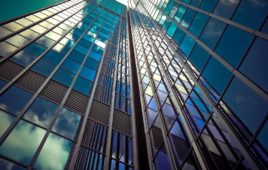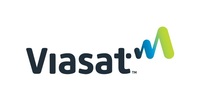T-Mobile and Ericsson announced Tuesday that a lab demonstration in Washington state hit speeds of more than 1 Gbps on unlicensed spectrum for the first time.
The wireless carrier and telecom company conducted the test at T-Mobile’s facility near Seattle using 12-layer Licensed Assisted Access technology. The companies utilized an Ericsson Radio System and Cobham Wireless’ TM500 network test equipment, along with several LTE technologies, including 256 QAM, 4×4 MIMO and LAA — the latter by aggregating two licensed and three unlicensed carriers.
Although 10-layer LAA reached download speeds of up to 1 Gbps, expanding to 12 layers allowed T-Mobile and Ericsson to hit 1.1 Gbps.
“This LAA technology builds upon our deployments of 4×4 MIMO and 256 QAM and will give customers even greater access to near gigabit speeds in 2018,” T-Mobile CTO Neville Ray said in a statement.
The companies said that the use of LTE technologies on unlicensed spectrum complements licensed spectrum and allows more operators to reach those speeds. Using LAA with the Ericsson Radio 2205, officials added, allows unlicensed carriers to aggregate with licensed carriers on micro cells or nearby macro cells to deploy LTE on the 5GHz unlicensed band.
“Breaking the 1 Gbps mark means that commercial gigabit speeds are not far from reality for many broadband users, with our LAA and MIMO technologies as key enablers,” said Ericsson Head of Networks Fredrik Jejdling.
Verizon said this summer that tests conducted in Florida with Ericsson and Qualcomm resulted in speeds of 953 Mbps.
Filed Under: Infrastructure




